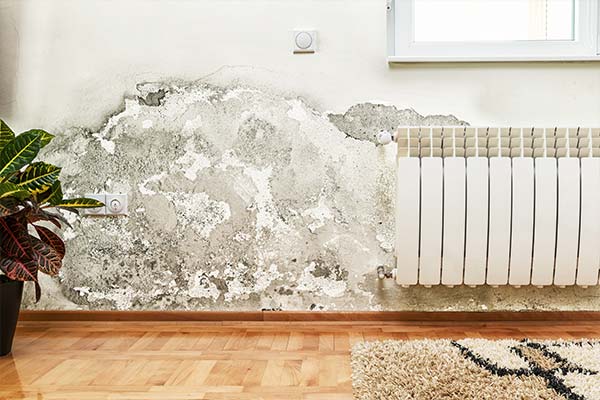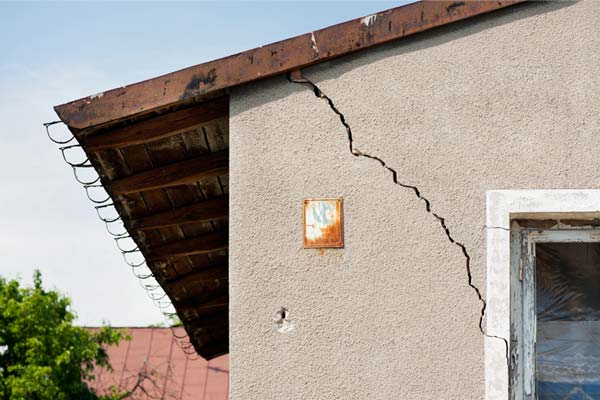Monsoon is a season which most of us truly look forward to. However, for many homeowners, monsoon spells dread, for it brings with it the fear of damp walls and leaky ceilings. This is an issue which can affect apartments as well as independent homes. If you face leakage issue on a regular basis then it may be time to take a closer look and arrive at the underlying cause before looking for a seepage solution. Dampness can be due to rains getting through the roof and into the wall or moisture being absorbed from the floor up or due to condensation on cold surfaces.
Check for Cracks
Do a thorough check of the entire place with your eyes peeled for signs of cracks or blockage that might be causing dampness. If an internal wall shows signs of being damp, check the spot from outside and you might spot the root cause.
Cause: Blocked drains, loose slates in the roof, and cracks in the walls or window frames generally, let in a lot of moisture
Fix: The wall seepage fix required may be as simple as clearing the blocked rainwater drain on the roof or fixing the roof. If there are cracks or gaps, they must be filled with putty and then painted over – with an eye for aesthetics.
Look For Presence Of Damp Mould
If any of the walls in your house is damp to the touch, check to see if there is a condensation problem. You can conclusively pinpoint a condensation issue by conducting the foil test.
Dry a small part of the damp wall with a dryer or room heater and tape on it a piece of kitchen foil. Leave it that way for 24 hours and then check. If the foil is wet, you have a problem, and it is time to seek treatment for damp walls.
Cause: Lack of adequate ventilation in the bathroom or kitchen might be causing steam to turn to moisture on the walls. When the excessive moisture finds no escape, it turns to mold, and there is bound to be a dank smell also.
Fix: Ways to fix this include using exhaust fans whenever kitchen and bathroom are in use or installing a climate control humidifier.
Watch-out For Watermarks On Walls
If the damp patches are located closer to the floor than roof or only on the ground floor of the house, then it is likely that moisture is making its way up from the ground outside. This problem is usually found in older buildings because the new ones are safeguarded against this with a damp-proof course at the time of construction.
Cause: If your house is experiencing water seepage upward from down, an absence of damp-proof course, inadequate sub-floor ventilation, and poor site drainage might be the causes.
Fix: Qualified professionals best implement the solutions to this problem because the flooring will need to be tampered with.
The first step in prevention of damp walls is to be alert regarding potential problem areas. Then proceed to see how damp walls can be treated, quickly. However, if the problem is severe or widespread, then seeking professional help might be your best bet.




